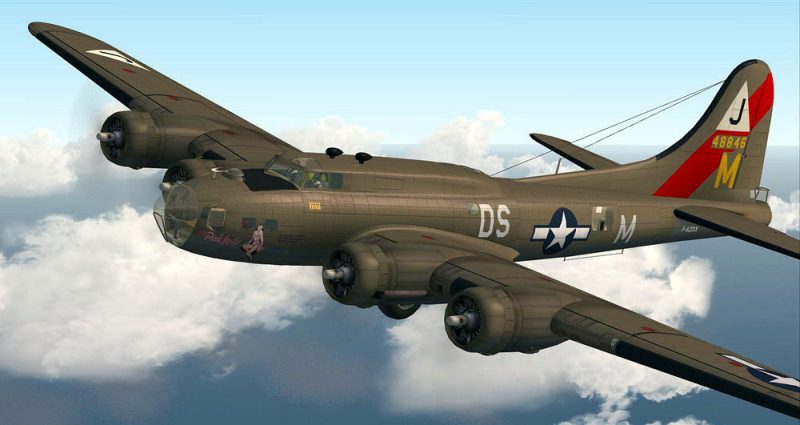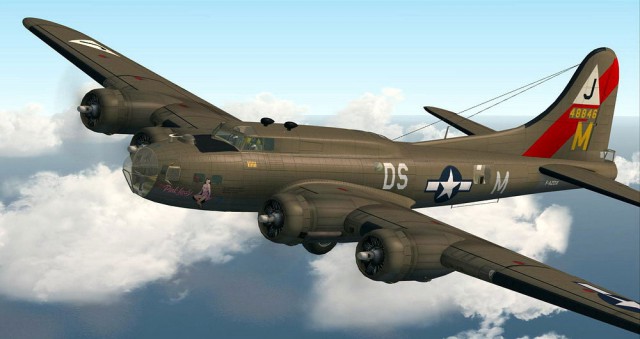Seventy years after the end of the Second World War, a group of people are working hard to make sure they preserve some of the planes that were used in the battle.
During the course of testing one of such airplanes that were being repaired, Thom Patterson,a CNN senior producer had the opportunity to fly with the team in a B-17 that was called the Flying Fortress. The little adventure lasted for about 20 minutes.
He then talked wrote about how he was captivated while inside the old plane as it made him feel like he was a little closer to history through the experience. Talking about how electrifying the experience was, he said it brought to life, the stories he had read about World War Two.
According to him, the flying fortress was named so for a reason. He said they have a very good resistance that made them popular. And as a result, they were still able to fly the crew home and alive during the Second World War even after being dealt with a terrible attack.
While about 13,000 B-17 Flying Fortresses were produced during the Second World War; there are more or less about 12 of them still flying in the whole world. The Flying Fortress is a popular bomber that was used by many of the allies. And it helped them in winning World War Two against the axis powers.
As they continued their air tour, Patterson could not help but wonder and picture the faces of all the military men that flew in the flying fortress during the Second World War. He imagined how they must have felt flying in an aircraft with no temperature control, fighting off enemy jets with the overpowering rumble of the B-17 while it’s simply freezing cold outside, the CNN Edition reports.
Flying inside the Flying fortress was the closest a majority of people will ever know about the tension and terror the soldiers who fought the World War II would have faced, he acknowledged.
Stressing the importance of the different events organised across the country to fly the planes around and allow visitors take a short tour with them, Steve Brown, the president of Commemorative Air Force (CAF) said they were better than static museums as they provided the younger generation an opportunity to have a real world experience with the planes as it gives the Second World War history a new breath of life. According to him, by riding inside the aircraft, one can get the smell, the smoke, as well as the oil.
Speaking about how most of the men that fought the war were just in their 19s and 20s, CAF’s Brown, a former Army aviator asked the listeners to imagine being at that young age and having to travel thousands of miles away home in such difficult situations to drop bombs and being attacked at the same time.
According to him, the youngest America generation has no clue about the Second World War as well as what protecting the country means in those gloomy times.

